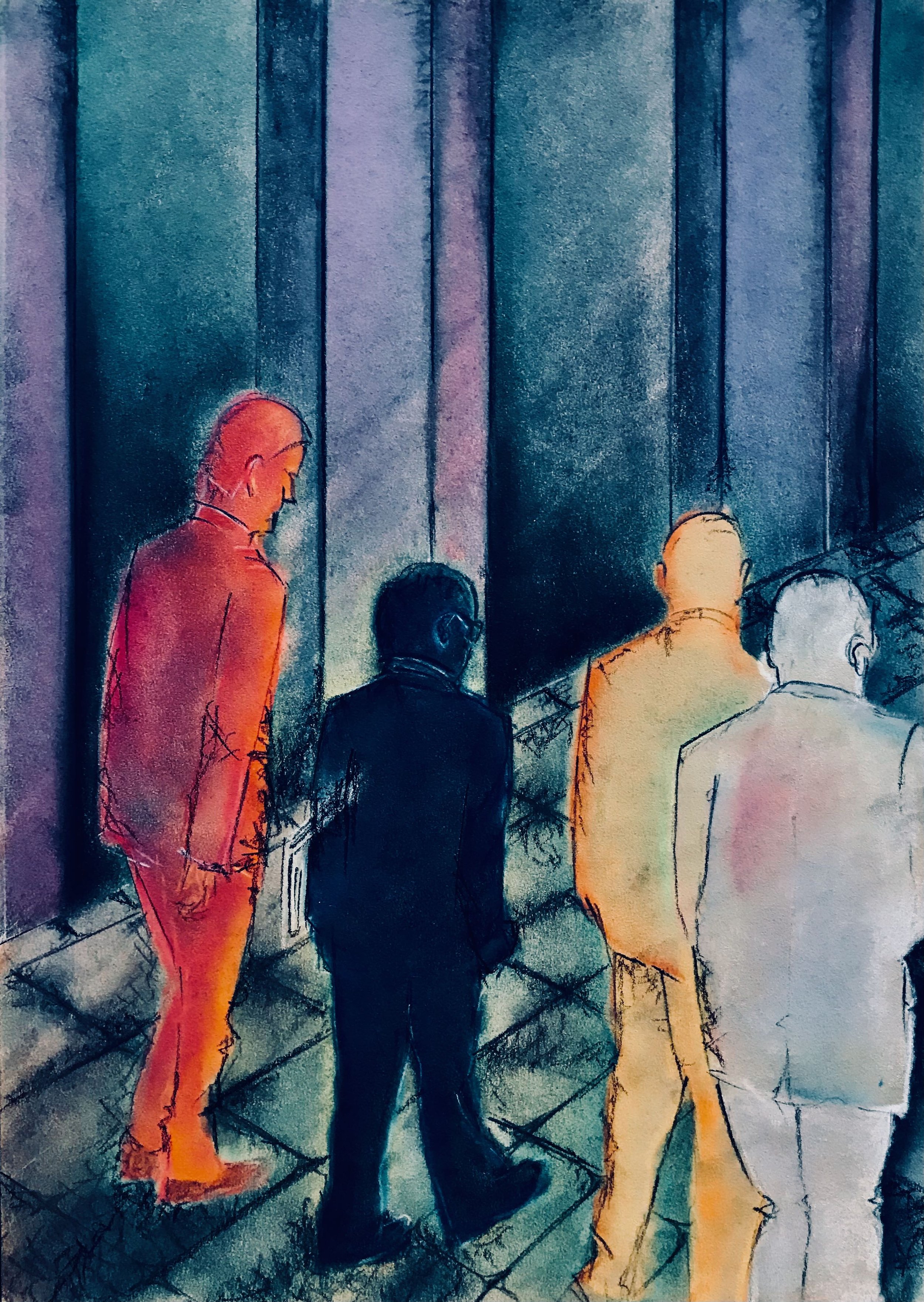Setting direction
Kingdom of wish
Epitaph
Again, traveller, you have come a long way led by that star.
But the kingdom of the wish is at the other end of the night.
May you fare well, companero; let us journey together joyfully,
Living on catastrophe, eating the pure light.
Thomas McGrath
Setting direction emerges from the tensions between the dynamic of relatedness and relationships in our roles
“Employees around the world choose, stay with, and give their best to organizations when they feel connected to a collective purpose. Companies can be good in finding and making the most of such talent by honoring five disciplines: strategic hiring, zero tolerance for people who violate their ethics, a focus on potential, alignment of HR processes, and values-based succession at the top.”
Our sense of purpose provides us with the capacity for Setting Direction.
The agility with which leaders can carry out the tasks associated with setting direction depends on their sense of purpose. As leaders develop, they become increasingly focused on their initiatives serving others’ needs in truly meaningful ways. They also develop the ability to move back and forth between different time frames with greater ease. Enduring and recognising patterns of behaviour and experiences in formal and informal roles and learning to transcend them is intertwined with sense of purpose and the tasks of Setting Direction.
Awareness of behaviours and experiences in roles aids in deepening our sense of purpose.
Roles locate individuals in social systems, and valency propels the taking of roles – attracting projections that affirm our conception of our self and replications of familiar patterns of relating. Internalised models shape the way we earn, experience, and conduct ourselves at work and in organisational roles. Hidden from conscious awareness even as we enact them, these models function paradoxically by facilitating both, the taking of roles - thus serving as blueprints to occupy positions in social structures – and the violation of roles - thus tempting us to turn away from meeting the needs of current tasks and relationships.
Working with tensions between relatedness and relationships in roles, enables us to manage boundaries.
In other words, we deal with the tension between relatedness - a bond with a person that is either not present but continues to influence, like a mentor, or is present but treated as a stand-in for past others, and relationships - in which the other is an actual person one encounters anew, and in the present. Thus the respecting and occupying of roles enables managers to define the task, and to equip groups and individuals with the requisite resources so that they can manage themselves to perform it. And hallowed concepts such as subordination, obedience, and personal loyalty become outmoded and are replaced by negotiation between adults responsible for managing the boundaries of their respective systems and sub-systems.
